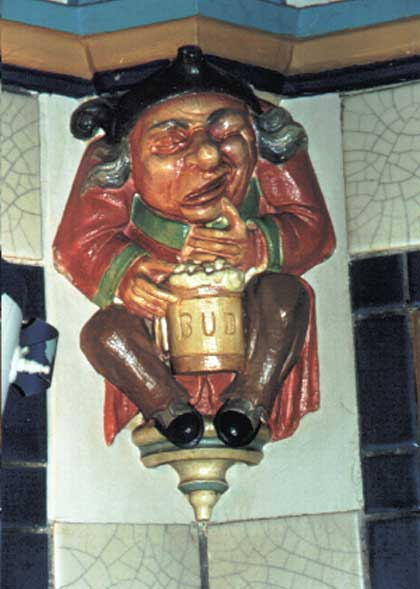I will leave it to you to consider the beer connections.
Last week, The NY Times’ outgoing restaurant critic, Sam Sifton, asked this Question for Curious Readers: What role, if any, does “authenticity” play in our understanding of good restaurants?
Interesting comments, one of which led to a post in David Byrne’s Journal (yes, that David Byrne) which poses many questions: “When does a little bit of illusion connote authenticity to us by enhancing our enjoyment and our experience (illusory as it might be)? When does it either not ring true at all or go so far and become so perfectly accurate, as to enter the creepiness of the uncanny valley?”
(Couldn’t resist injecting one comment. We’ve all been in that faux Irish pub, right?)
Today, Jonah Lehrer writes in The Frontal Cortex about the “drive for distinctiveness” that appears to be an essential component of Westerners. You know, standing in line with everybody else, so you can be the only one you know to have tasted [fill in the beer name]. He examines the findings of two social scientists presented in “Food, sex and the hunger for distinction,” a paper I’ll try to work into “For the Love of Hops” because, well, wouldn’t you buy a book with that in the bibiography?
Anyway, he concludes, “. . . this won’t be news to retailers. They’ve long catered to our desire for uniqueness, selling us mass-produced commodities that promise to express our real, authentic selves.”
